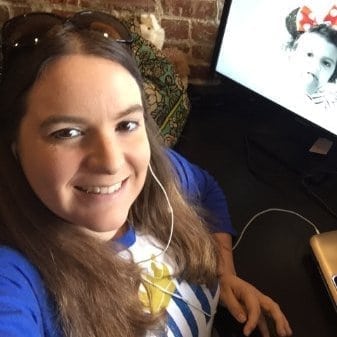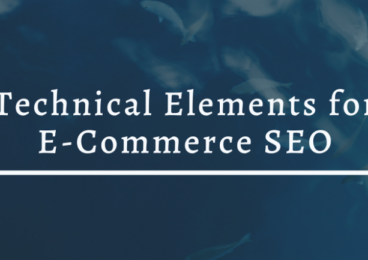 Reading Time: 3 minutes
Reading Time: 3 minutesGoogle released Remarketing Lists for Search Ads (RLSA) in June of 2013, along with subsequent updates. While Search professionals agree RLSAs are viable tools, developing a strategy for their use is a MUST to be effective. It is also important to know what they are designed to do and where they fit in with your marketing plan.
What are RSLAs?
RSLAs are used to show ads to returning consumers who are familiar with the brand. They may have made a purchase, which makes them a customer, but it is possible they did not. The idea is to reach out to keep focus on your products or services. The objective is to get them to buy or repeat a purchase.
What is the Process?
In order to take advantage of RLSAs, a snippet of code is added to the website and/or mobile app. Next, remarketing lists are defined. Finally, a remarketing campaign is created that targets the defined remarketing list. A bid strategy is needed upon assigning a list to an ad group – options include “bid only” and “target and bid”. Strategies for the remarketing lists and campaign will vary depending on goals, and will likely be different than the rules of other marketing endeavors.
Keyword Strategies
The general rule of thumb with other types of marketing is to avoid both generic and competitor keywords. The opposite is usually true when doing RLSAs.
- Generic keywords. Generic keywords fail with other methods because the audience is too large for hits to be meaningful and purchase intent isn’t assured. You know you have the correct audience with RLSAs because you are dealing with individuals who have already shown an interest.
- Competitor keywords. Using competitor keywords doesn’t work with other methods because quality score suffers and results in a high CPC and you’ll put out a lot of money if their brand gets a lot of searches. Again, this is due to the extremely large audience. With RLSAs, you are making sure your ad comes up when they’ve left your website then went back to searching using a competitor’s brand. This can direct them back to you, in part because you look popular.
Audience Strategies
It is important to consider your target audience when defining the remarketing list. This will be different for you than for someone else. Think about who you might want to exclude, as well as to whom you could effectively cross-sell or upsell.
- Excluding audiences. Spending money to bring back a customer who purchased a non-consumable product or service is wasteful. Do not commit advertising dollars to an item that customers may not repurchase for months or years. Concentrate instead on visitors who did not purchase or who left without completing the purchase.
- Cross-selling and upselling. Merchandising is as important for online sales as it is in a brick-and-mortar operation. Reaching customers who have purchased one product when an accessory or companion product is commonly purchased is the goal.
Message Strategies
The ad itself also requires careful consideration, particularly in determining the goal. It can be formatted with conversion, upselling, cross-selling, or repeat sales in mind. Aligning the ad with the desired action is critical.
- A common problem is customers who put items into the shopping cart but then abandon it without completing the sale. A strategy for this situation might be a promo code for a discount. This same technique can be used for those who spend time on the website without purchasing.
- Upselling/cross-selling. As previously mentioned, this is a viable audience for inclusion, but how you formulate the message is important. A discount is helpful, because it indicates you are hoping to help them. For example, “Did you forget a protective case for your new smartphone?”
Target and Bid vs. Bid Only
How you implement RLSA strategies into your campaigns will be influenced by the setting for which you opt – target and bid or bid only. There are advantages for each option.
- Target and bid. With this setting you will be choosing both the audience to be targeted – such as through keywords you designate – and what you bid for hits. The advantage of this setting is only those you want are included, leaving you the ability to exclude audiences, which often is optimal. Lower costs are another advantage. It can be an ideal way to test a campaign or work within a limited budget.
- Bid only. This is a broader setting that casts a wider net. Anyone who searches for the specific search query on which you are bidding will receive your ad. Careful attention to the chosen keywords is imperative, particularly with budget concerns. The advantage of this setting is a more aggressive reach.
With attention to these strategies, your experience with RLSAs will be fruitful and cost-effective. It is also wise to evaluate performance regularly and adjust for updates to the RLSA system. For example, the most recent update expanded membership duration from a maximum of 180 days to 540 days, and added cross-device retargeting.
Evaluating performance is important for continuing positive results.
At Vizion Interactive, we have the expertise, experience, and enthusiasm to get results and keep clients happy! Learn more about how our status as a Google Partner, along with our PPC Management, Google Shopping Ads, Social Media Advertising, Amazon Advertising, and other Paid Media services can increase sales and boost your ROI. But don’t just take our word for it, check out what our clients have to say, along with our case studies.




